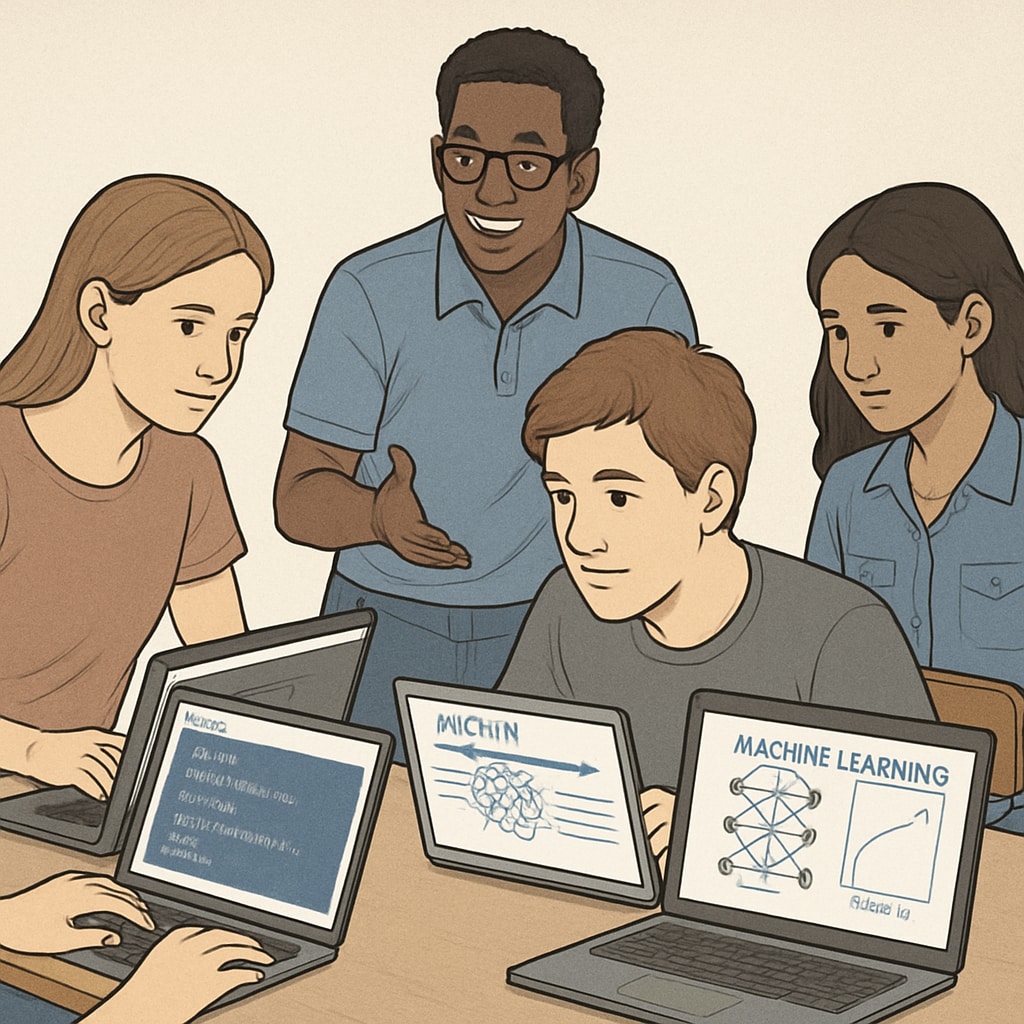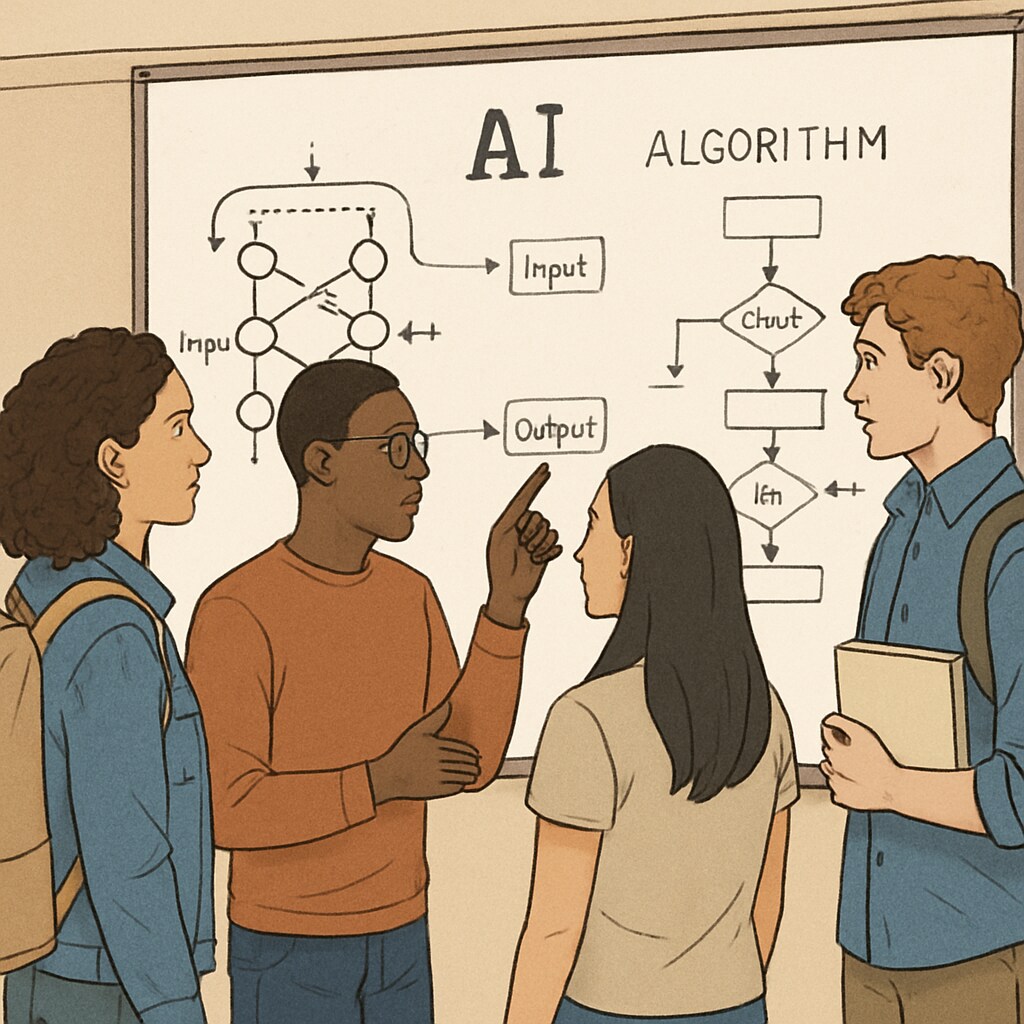Artificial intelligence education, student projects, and computational resource limitations present unique challenges for educators teaching introductory AI courses. When designing practical projects for second-year undergraduates with limited access to high-performance computing, instructors must balance conceptual learning with technical feasibility. This article presents actionable strategies to overcome these constraints while maintaining educational quality.
Progressive Project Design for AI Beginners
Implementing a tiered approach helps students build confidence before tackling complex algorithms. Consider these phases:
- Conceptual Foundations: Start with paper-based exercises like decision tree construction using ID3 algorithm principles
- Lightweight Coding: Implement basic algorithms in Python using small datasets
- Cloud-Based Solutions: Utilize free-tier cloud platforms like Google Colab for heavier computations

Resource Optimization Techniques
When facing hardware constraints, educators can employ several smart alternatives:
- Use pre-trained models from TensorFlow Hub for transfer learning projects
- Implement model compression techniques to reduce computational requirements
- Focus on interpretability projects that analyze existing models rather than training new ones
For example, instead of training a neural network from scratch, students can fine-tune a pre-existing image classifier on a small custom dataset. This approach teaches important concepts while staying within resource limits.
Alternative Assessment Methods
When computational resources are severely limited, consider these evaluation alternatives:
- Algorithm design competitions on paper
- Case study analyses of real-world AI implementations
- Ethical debates about AI applications

Implementation Tips: Begin with small datasets (100-500 samples) and gradually increase complexity. Use visualization tools to demonstrate abstract concepts without intensive computation. Finally, encourage peer learning to maximize limited resource utilization.
By adopting these strategies, educators can deliver meaningful artificial intelligence education despite computational resource limitations. The key lies in creative project design and smart resource allocation.


